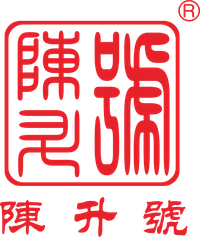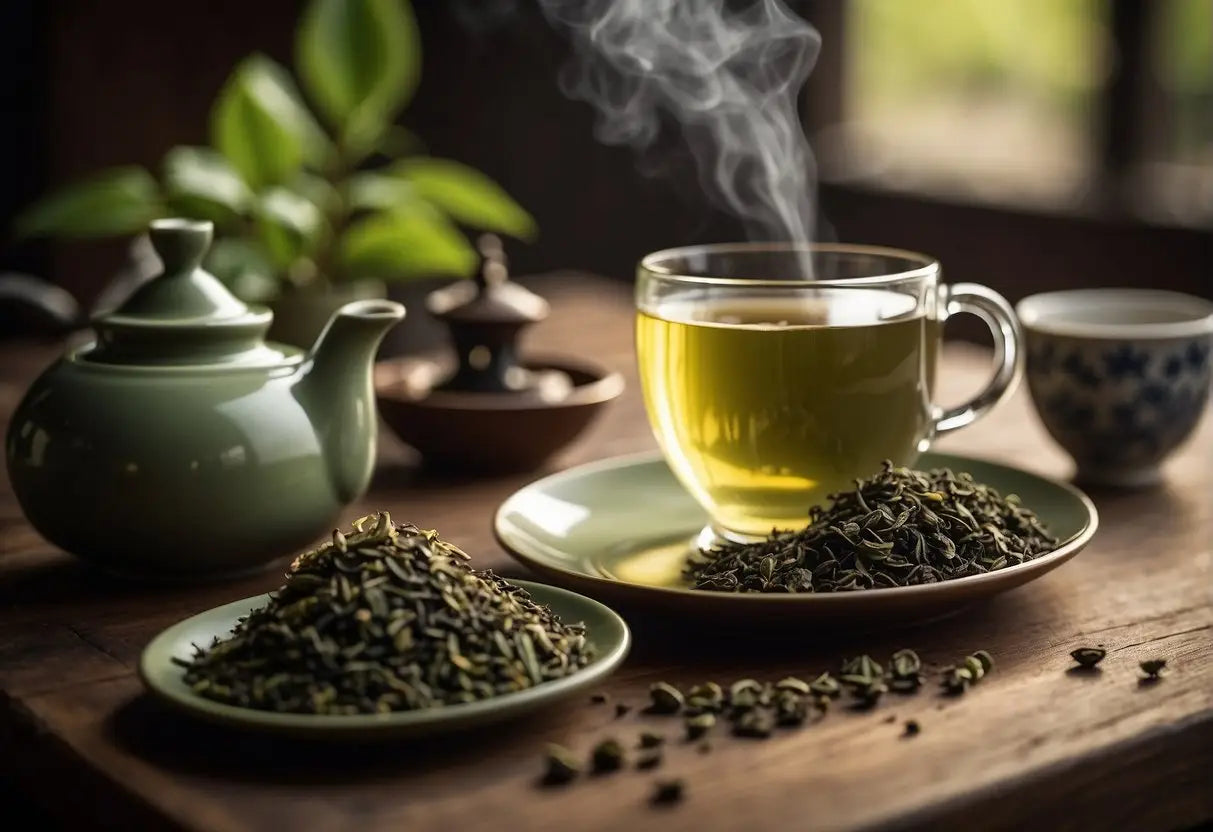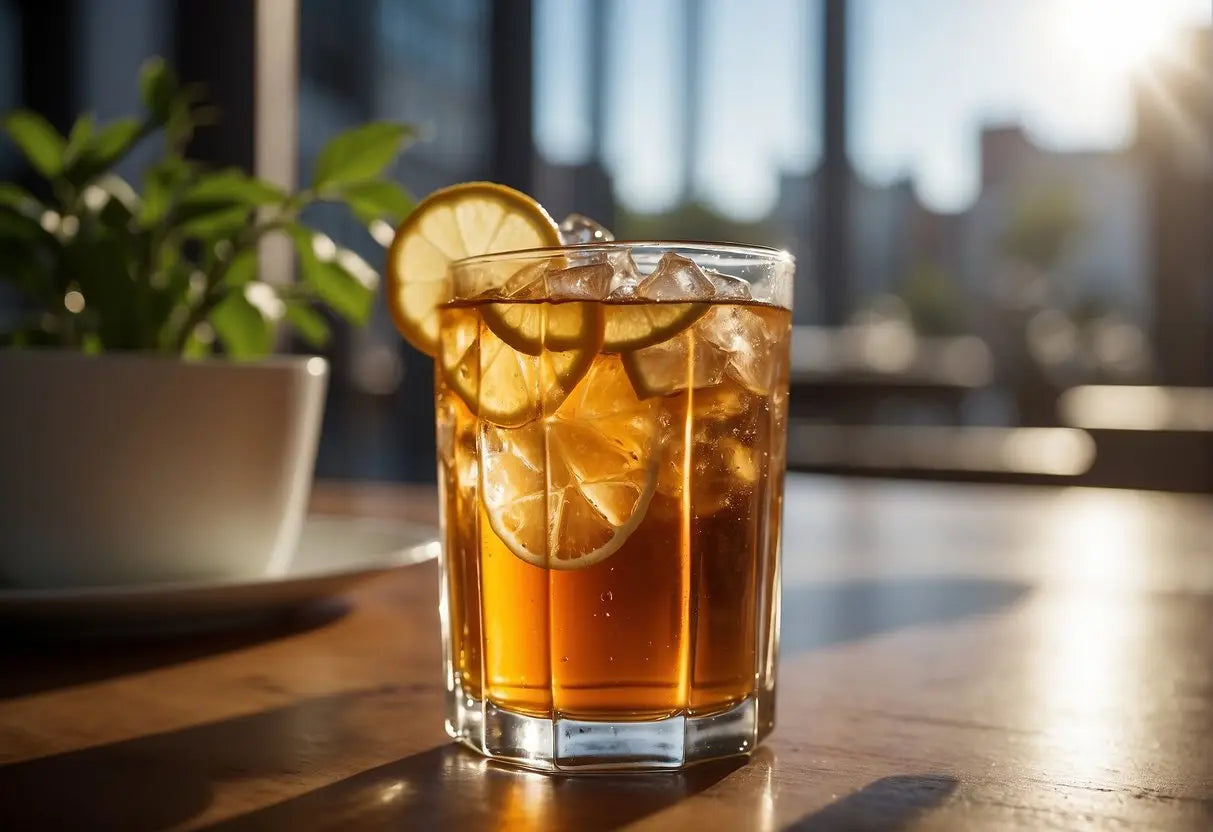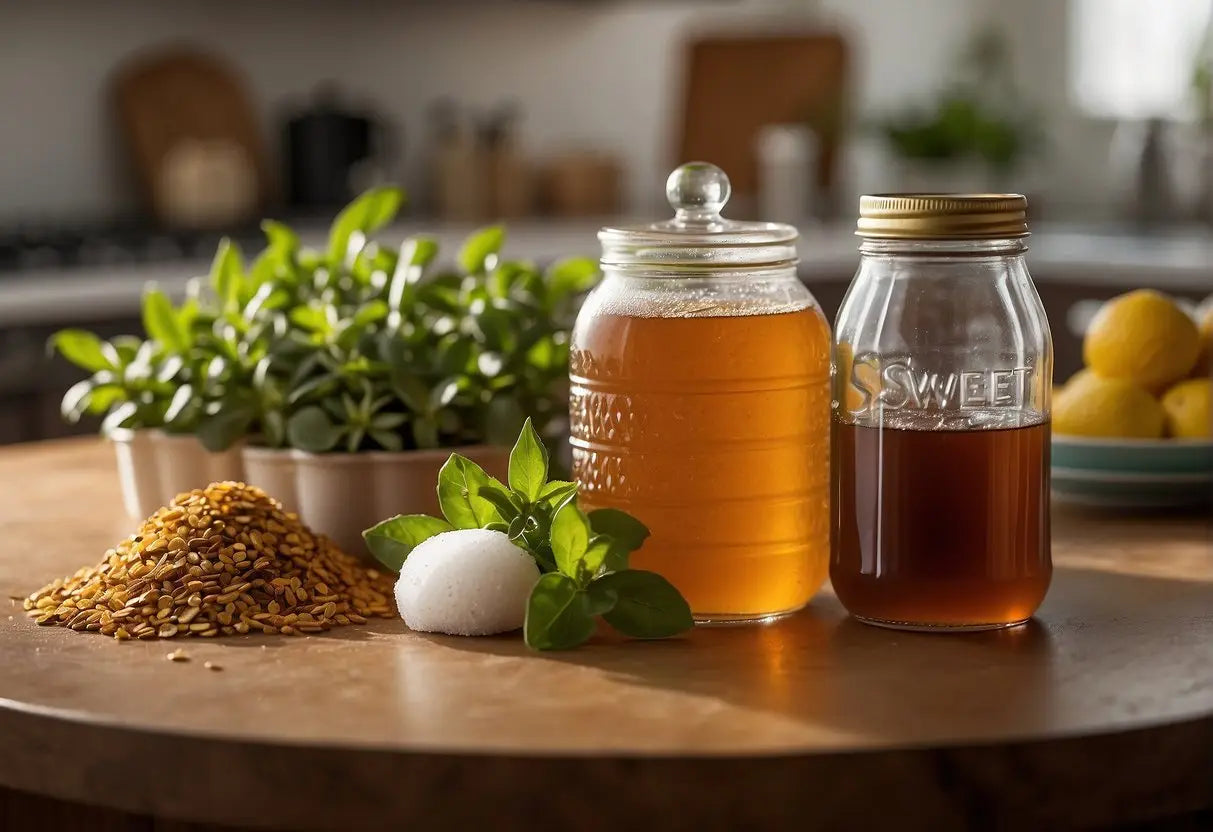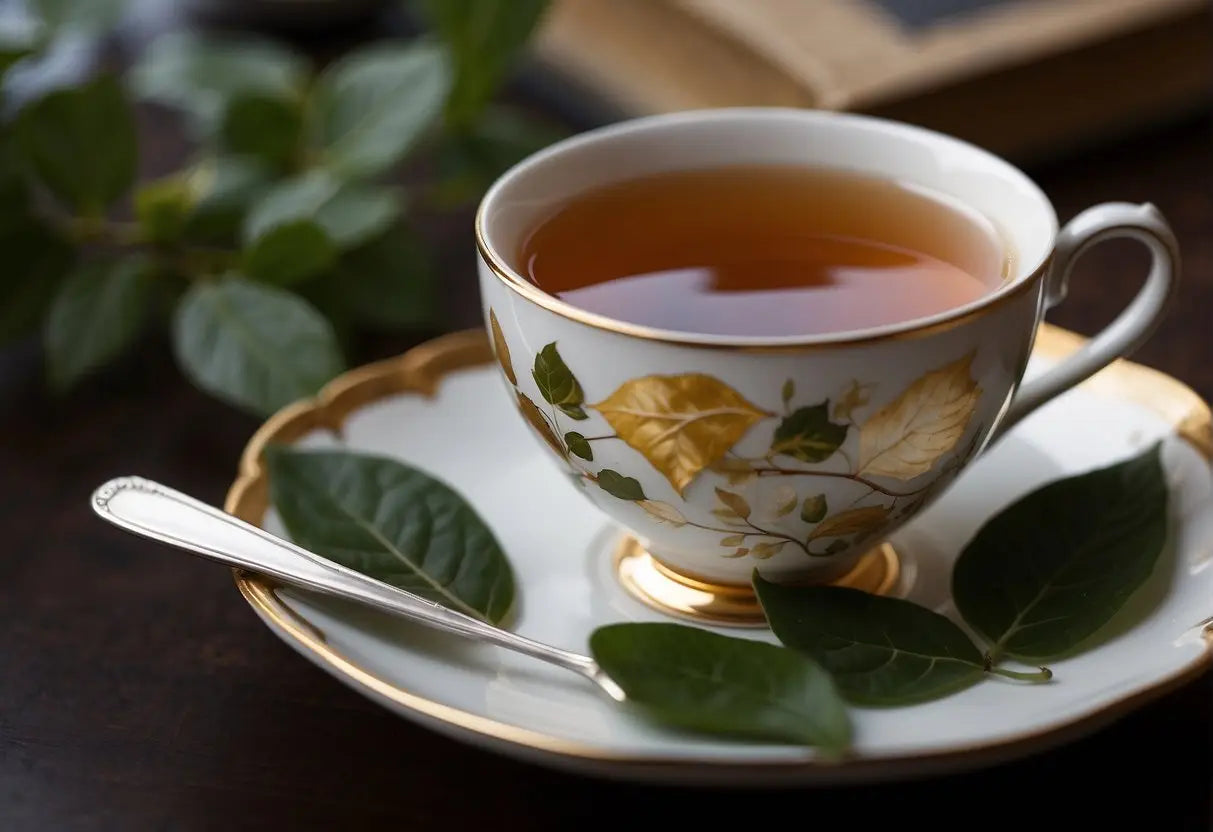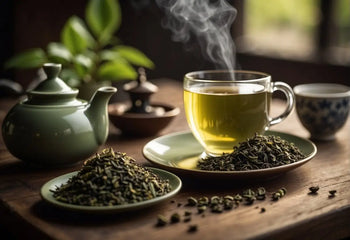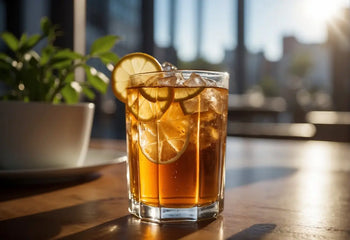What Is Gunpowder Green Tea
Gunpowder green tea, also known as Zhu Cha, is a type of Chinese tea originating from the Zhejiang Province. The tea leaves are withered, steamed, rolled into small round pellets, and then dried. When brewed, these pellets unfurl gracefully, resembling gunpowder exploding, hence the name. Characteristics: Appearance: You'll notice that the pellets are glossy because of the tight rolling, which also helps to retain freshness. Flavor: Expect a bold, slightly smoky flavor that is more intense than other green teas. Color: The brewed tea has a rich olive green hue. Benefits: Your cup of gunpowder green tea offers several potential...
How Much Caffeine in Iced Tea
When you're selecting an iced tea, it's important to understand its caffeine content, which can vary widely depending on the type of tea and the preparation method. Black tea iced varieties typically contain more caffeine than those made from green tea. The following list details approximate caffeine content for a standard 8-ounce (240-milliliter) serving: Black iced tea: 25-50 milligrams Green iced tea: 15-30 milligrams Keep in mind, the exact caffeine content can be influenced by: Steeping time: Longer steeping can extract more caffeine. Tea leaves vs. tea bags: Loose leaves often result in stronger tea. Water temperature: Hotter water generally...
How Much Sugar in a Gallon of Sweet Tea
Shop our Pu Erh Tea collections! When you brew sweet tea, the sugar content can vary widely based on the recipe. Typically, a gallon of sweet tea contains between 1 and 2 cups of sugar. Here’s a basic breakdown: 1 cup of sugar: This amount is often found in lightly sweetened recipes and adds about 200 grams of sugar to your gallon of sweet tea. 2 cups of sugar: A more traditional Southern sweet tea might contain this much sugar, totaling around 400 grams. To give you perspective, here's how the sugar content equates to common measurements: Teaspoons (tsp): 1...
How to Read Tea Leaves
Shop our Pu Erh Tea collections! Tasseography is an ancient practice of interpreting patterns in tea leaves, coffee grounds, or wine sediments to foretell future events. A successful reading hinges on understanding its historical context and the symbols encountered within the cup. Origins and History Tasseography, also known as tea leaf reading, traces its roots to Asia, the Middle East, and Ancient Greece. It gained popularity in Europe in the 17th century with the import of tea through trade routes. Families and friends often indulged in this practice during tea time, seeking guidance for their personal lives. In a table...
Recent articles
